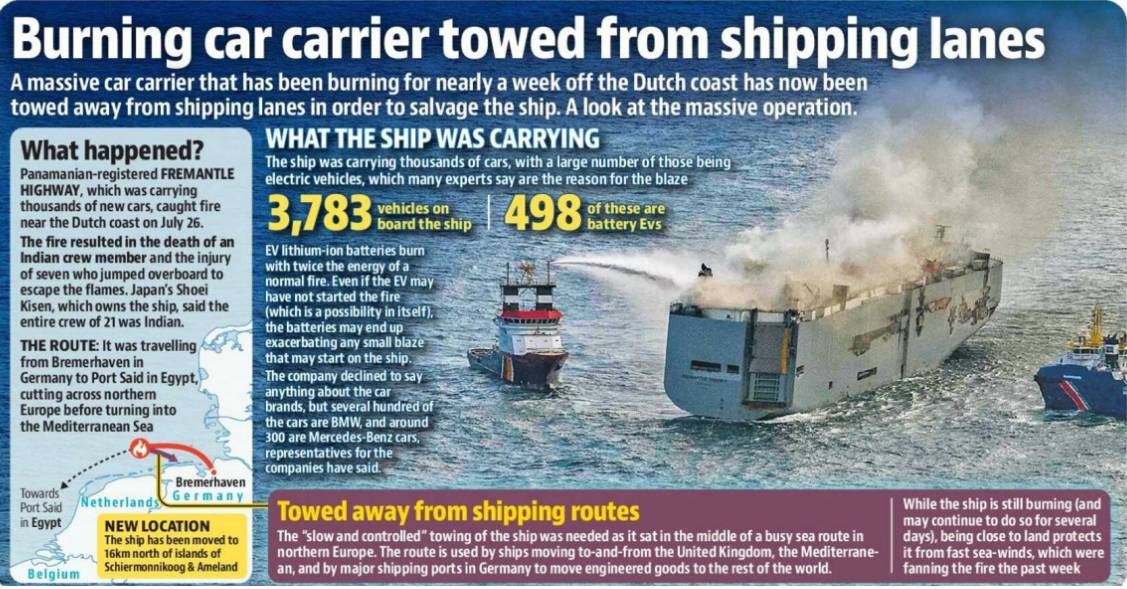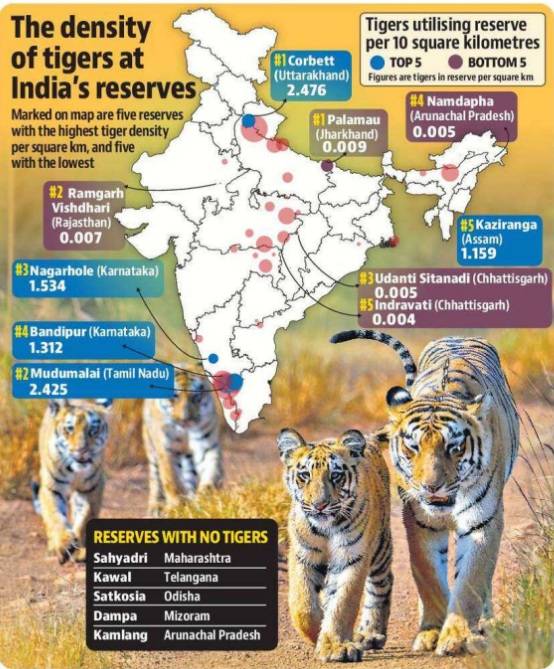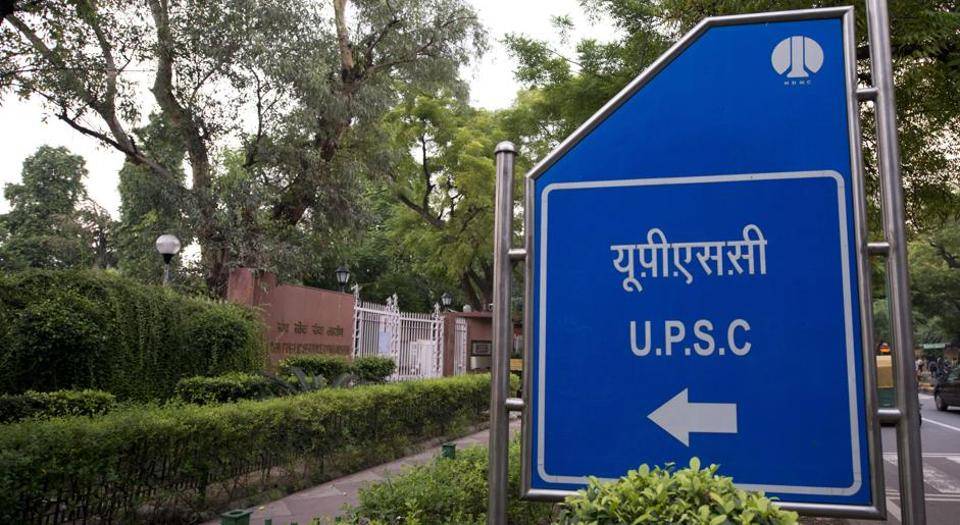Union Public Service Commission (UPSC) Civil Services Examination in 2024 will be a significant event in India, providing great opportunities for individuals aspiring to pursue a career in civil services. As clearly defined, the examination process will be conducted in two phases: the prelims and the main examination.
During the preliminary phase, candidates will be evaluated on their knowledge of current affairs, general studies, and aptitude. This phase acts as a screening test, and those who clear it will progress to the main examination.
The main examination will be more comprehensive and will assess candidates’ subject knowledge, as well as their public and mental abilities. This phase plays a crucial role in determining the final selection of candidates for various civil services posts.
In addition to the Civil Services Examination, the UPSC 2024 will also conduct other significant exams like the Engineering Services Examination, the Indian Economic Services Examination, and the Indian Statistical Services Examination. These examinations will focus on testing the candidates’ expertise and skills in their respective fields.
Furthermore, there will be a special exam dedicated to those aspiring to join the Indian Administrative Services (IAS), which is one of the most prestigious and sought-after civil services positions in India.
The UPSC 2024 is anticipated to be highly competitive, demanding aspirants to showcase not only their knowledge but also their problem-solving abilities and analytical skills.
 As the year unfolds, many individuals will strive to excel in these examinations, and the successful candidates will have the opportunity to contribute significantly to the development and governance of the country. The civil services sector will undoubtedly play a vital role in shaping India’s future, and the UPSC 2024 will serve as a gateway for talented and dedicated individuals to serve the nation in various capacities.
As the year unfolds, many individuals will strive to excel in these examinations, and the successful candidates will have the opportunity to contribute significantly to the development and governance of the country. The civil services sector will undoubtedly play a vital role in shaping India’s future, and the UPSC 2024 will serve as a gateway for talented and dedicated individuals to serve the nation in various capacities.
The exam pattern, UPSC 2024 syllabus, and selection process are expected to be the same as in previous years.
Q.1. Why we Follow the 7-5-3 Rule?
Ans. The 7-5-3 Rule is a strategy to approach the UPSC exam questions effectively. It suggests attempting 7 questions in a minute, writing at least 5 points elaborating on each question, and adopting a 3-dimensional approach towards answering.
Q.2. What is the gap between Prelims and Mains?
Ans. The gap between the UPSC Preliminary Examination (Prelims) and the Main Examination (Mains) is approximately 100 days. This time period allows candidates who clear the Prelims to prepare thoroughly for the more extensive Mains examination.
Q.3. What are the nine UPSC exams?
Ans. The IAS (Indian Administrative Service) Exam, also known as the UPSC Civil Services Exam, comprises a total of nine papers in the Main Examination. These papers are as follows:
Paper-A (Compulsory Indian Language)
Paper-B (English)
Essay
General Studies Paper I
General Studies Paper II
General Studies Paper III
General Studies Paper IV
Optional Paper I
Optional Paper II
Out of these, Paper-A and Paper-B are qualifying in nature, and their marks are not taken into account for the final ranking. The marks obtained in the other papers, along with the Personality Test (Interview), determine the final selection of candidates.Books selection in UPSC
 UPSC Civil Services Prelims 2023: Slight change in the pattern of a few questions
UPSC Civil Services Prelims 2023: Slight change in the pattern of a few questions
The UPSC Civil Services (Preliminary) Examination, 2023 was held on May 28. Questions about geography and the environment were based on textbooks and current developments. In the pattern, there was a slight change.
Geography and Environment Geography play the major role in prelims examination. We advice to student follow these topics with more focus-
BIODIVERSITY (IMPORTANT TOPICS)
Basics of Biodiversity, Biodiversity, Types of biodiversity, Patterns of biodiversity, Bio-geographical classification of World, Bio-geographical classification of India, Functions of biodiversity, Hotspots of biodiversity, Bio informatics, Eco Regions, Role of Traditional Knowledge in Biodiversity, Biopiracy, Animal and Plant Diversity, Plant and Animal Kingdom, Marine Mammals, Egg laying Mammals, Marsupials, Threats to biodiversity, Causes of Biodiversity losses, Effects of Loss of Bio-Diversity
Extinction of species, Mass Extinction, IUCN Red List and Classification Scheme, Biodiversity Conservation, Scheduled Animals in the Wildlife Protection Act, In-situ methods of Conservation, Protected Area Categories, Forms of Protected Areas, Biosphere reserves, Sacred forests and sacred lakes
World Heritage sites, Geo-heritage sites, Advantages of In-situ conservation, Disadvantages of In-situ conservation, Ex-situ methods of Conservation
Advantages of ex-situ preservation: Disadvantages of Ex-situ conservation, Zoological Parks, Botanical Gardens, Seed banks, National Parks, Wildlife Sanctuaries
Biosphere Reserves, Species based conservation programmes, Project Tiger, Project Elephant, Project Snow Leopard, Vulture conservation project, Crocodile conservation project
Ganges dolphin project, Indian Rhino Vision, Other projects, India adopts SAWEN, Important Coastal and marine Biodiversity Areas Global initiative, State of Protected Areas in the World
MAB – Man and Biosphere Programme, World network of Biosphere Reserves, Biodiversity Hotspots, CBD – Convention of Biological Diversity, Cartegana Protocol, Nagoya Protocol
Aichi Biodiversity Diversity, Estuaries, What are estuaries?, Types of Estuaries, Importance of estuaries, Threats to estuaries, Major Estuaries in Indian coastal states, Monitoring and Prediction of Health of Estuarine and Coastal Waters, Difference between Lagoon and Estuary, Estuary ecosystem: Adaptations made in organisms, Conservation of Estuaries, Mangroves, What are mangroves?, Mangroves in India, Importance of Mangroves, Mangroves under threats, Legal and Regulatory Approaches for Protection, Community based mangrove regenerationCoral Reef
About coral reefs, What do corals feed on?, Geographical Conditions, Types Of Coral Reefs, Uses of coral reefs, Concept of Bio-rock reefs, Threats to Coral reefs, Conservation of coral reef
Wetlands, What are wetlands? Types of wetlands, Wetlands in India, Importance of wetlands, Threats to wetland ecosystems, Conservation of Wetlands, About Ramsar Convention ‘., About Asian Water bird Census , Tiger Reserve Population. etc.


















